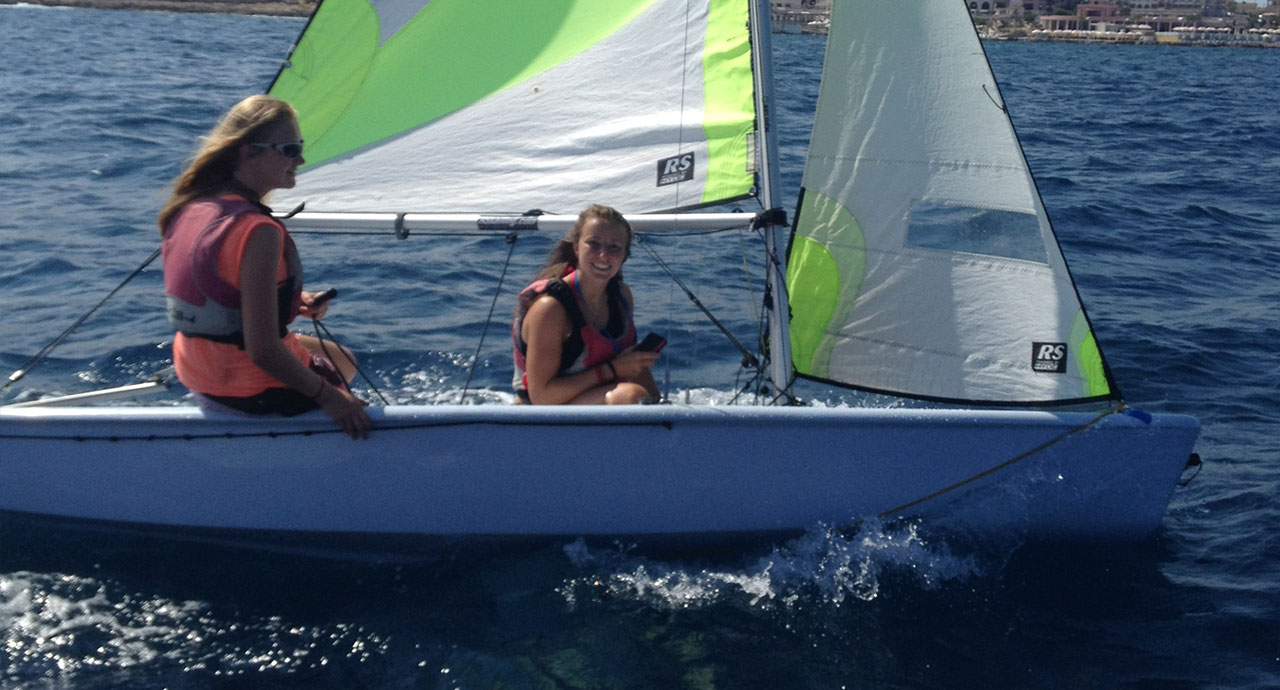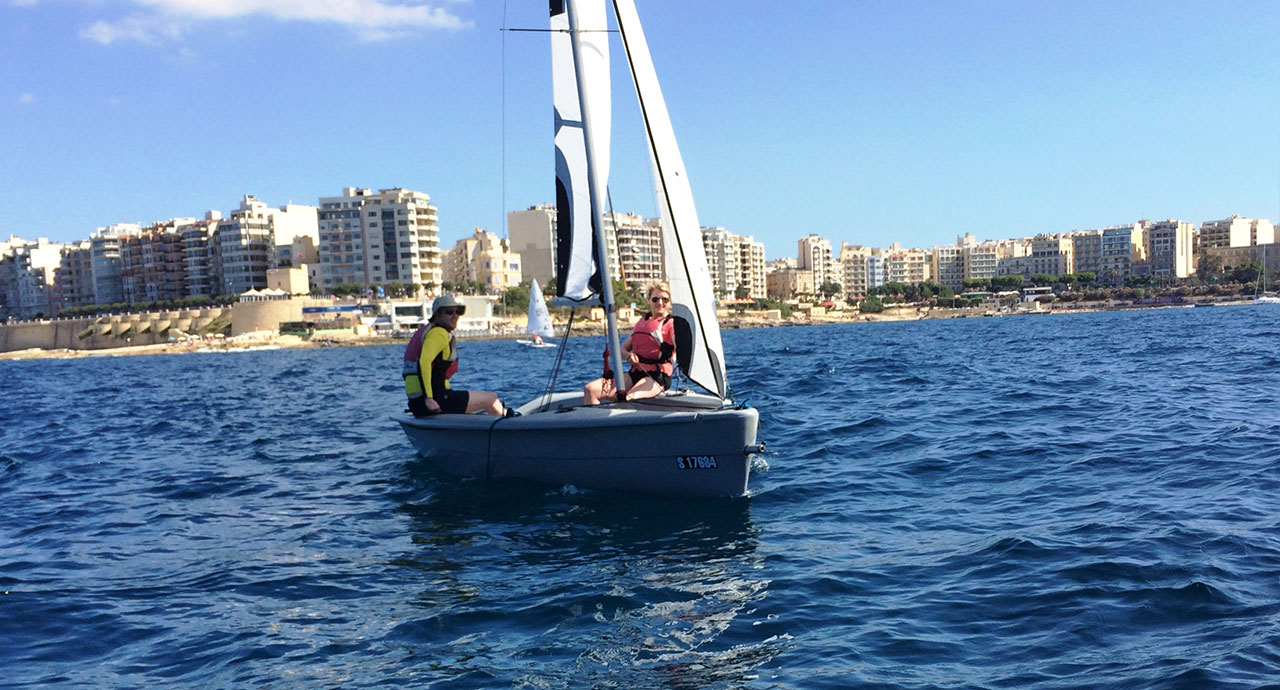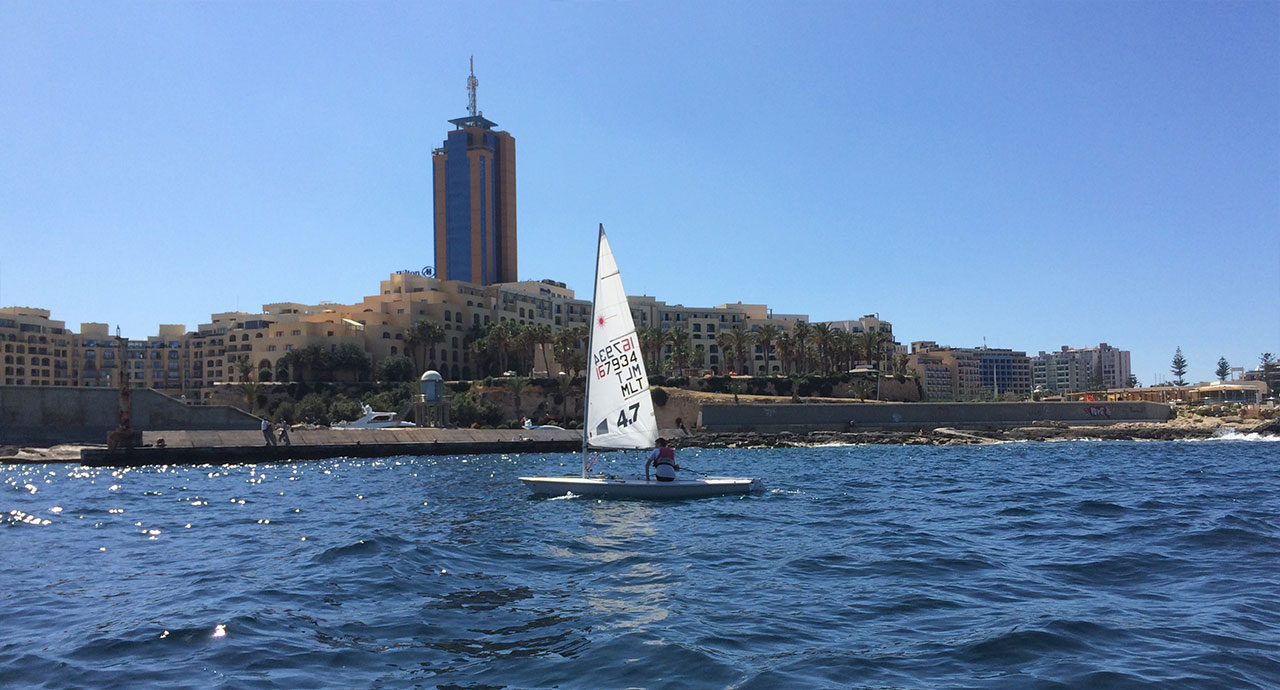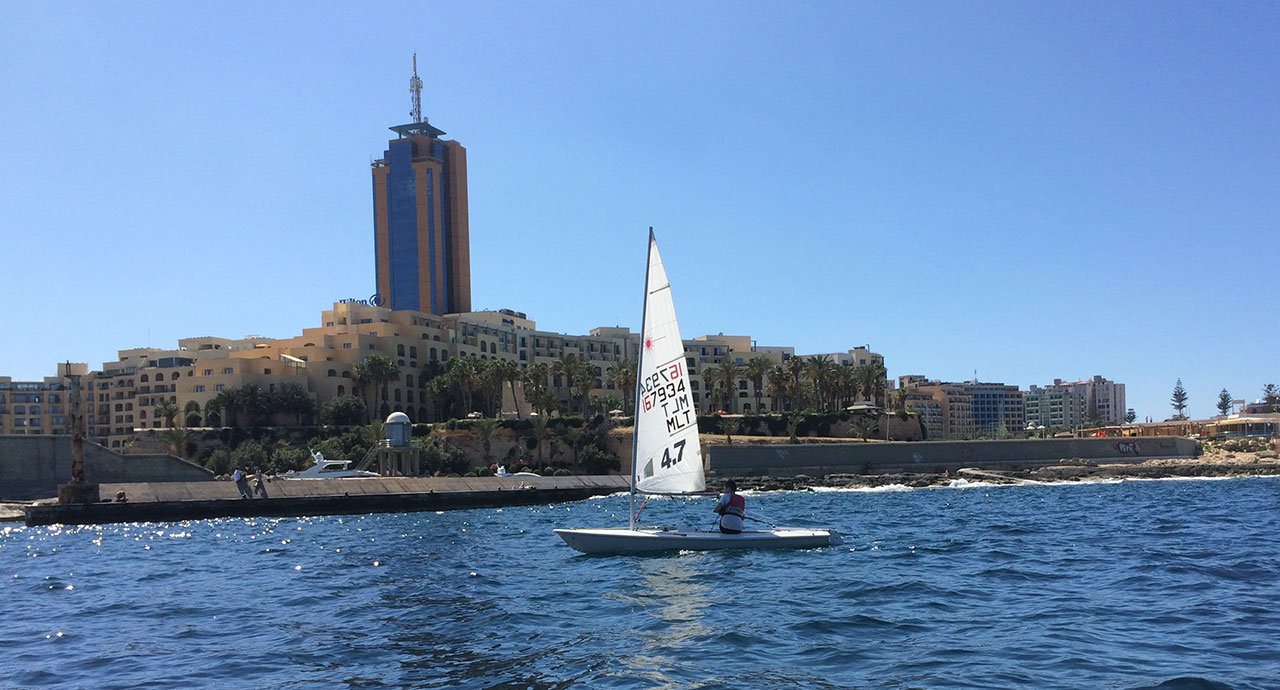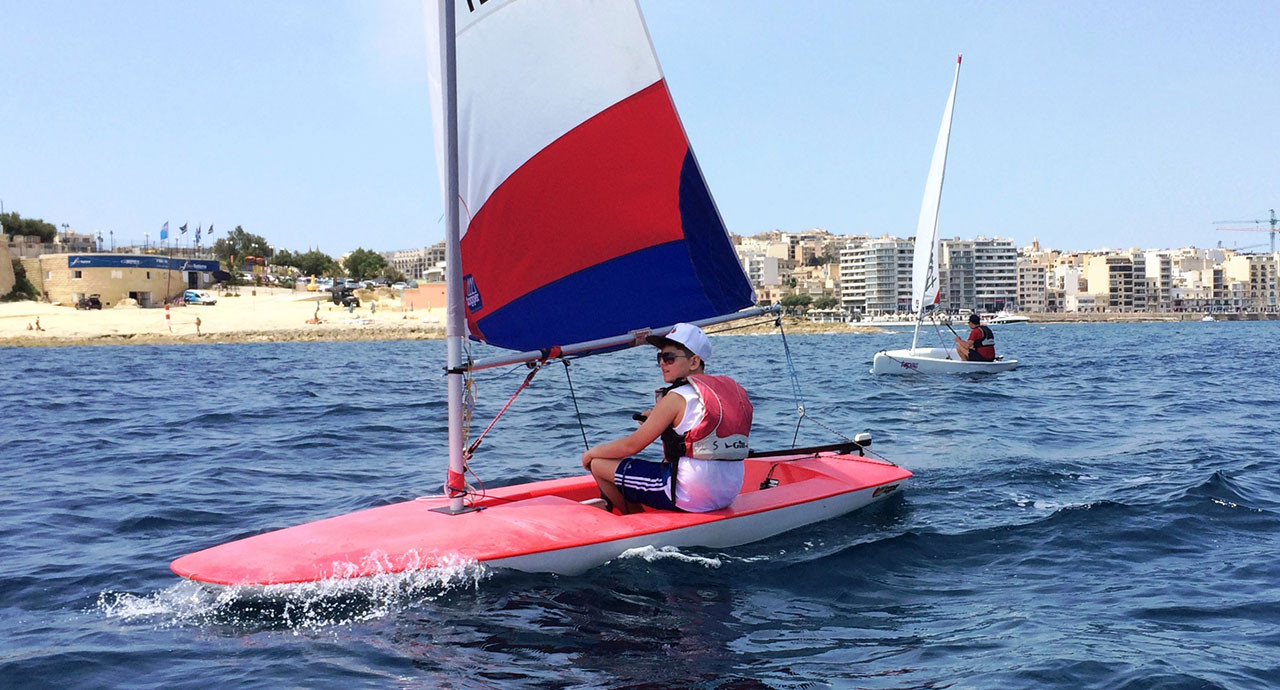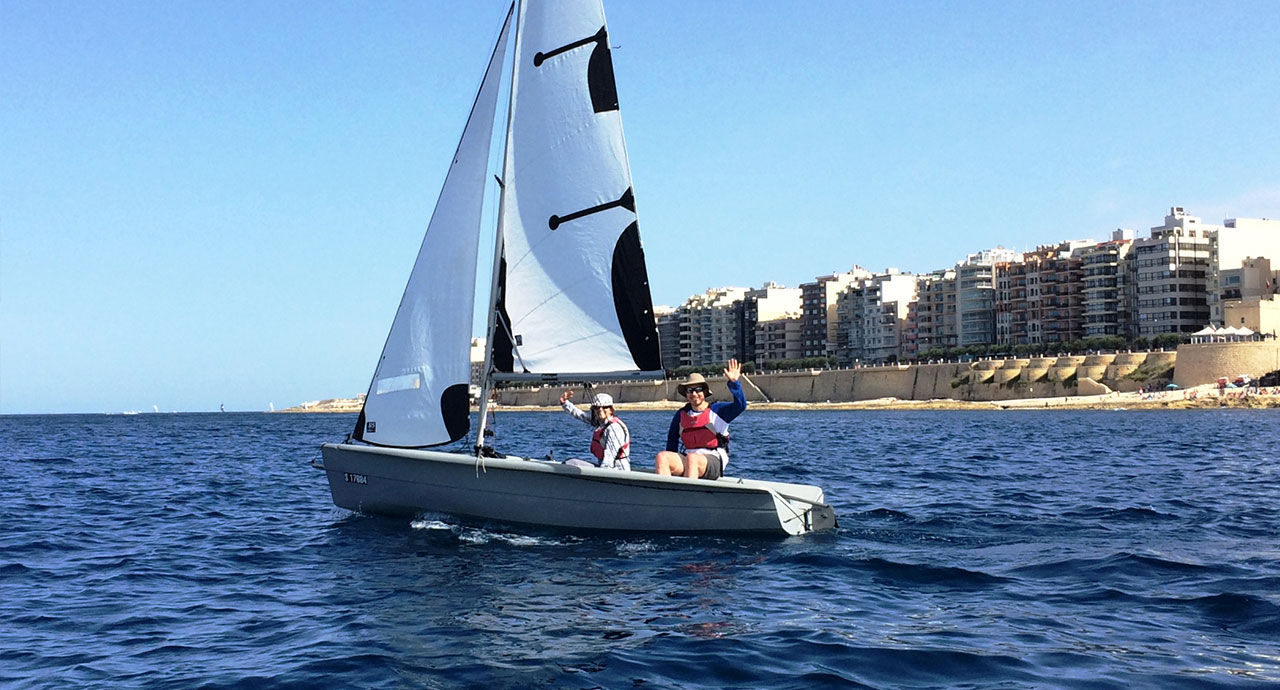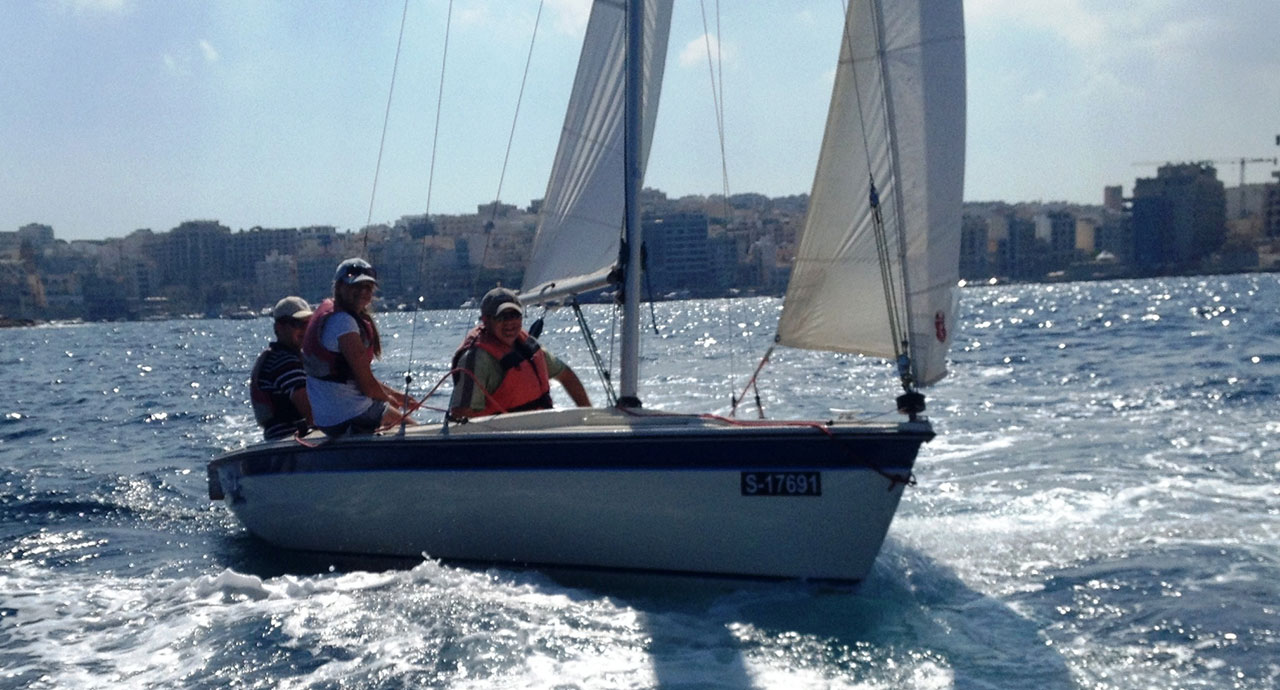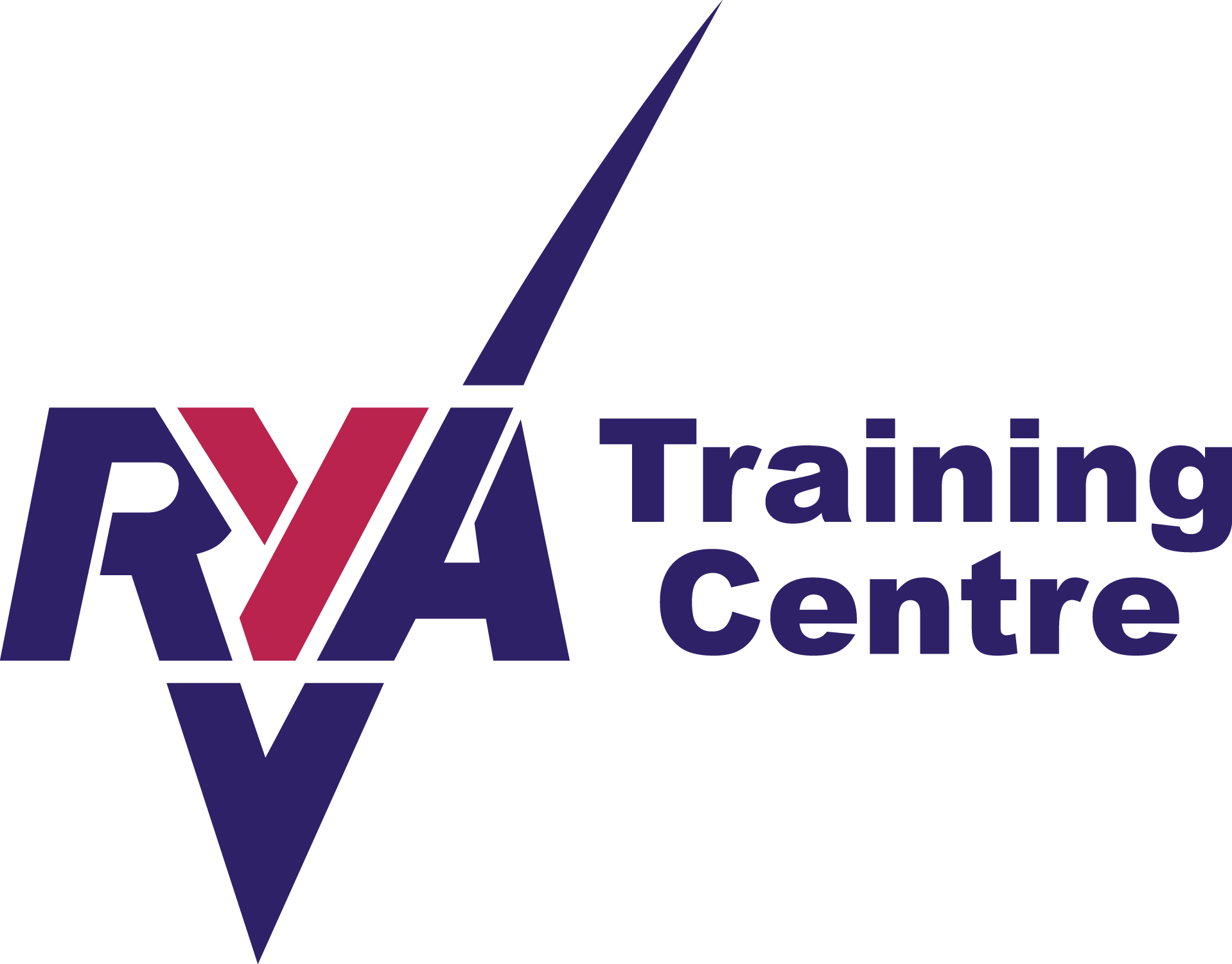Keelboat Sailing Courses
Start Sailing Level 1:
No previous experience required .
Objective: To participate as a crew on a crew up to 9 Meters, by assisting the skipper and being capable to do basic chores on and below decks, being familiar with boat and its equipment, and understand basic sailing techniques.
Duration: This course would be covered in two consecutive days.
Lesson starts at 9.30 Hrs to 17.00 hrs
Topics Covered:
- Personal equipment & buoyancy.
- Identify basic boat parts and rigging.
- Basic sailing terminology.
- Sailing points (close hauled, reaching & running) with required trimming.
- Rigging, reefing and stowing sails.
- Tacking and gibing.
- Stopping and regaining speed.
- Berthing, picking up a mooring, preparing fenders and anchoring.
- Preparing for towing, using ropes, securing vessel to jetty.
- Weather forecast.
- Teamwork sailing.
- Man Overboard procedure.
- Safe sailing practices.
Upon completion of the course
Relevant certification would be issued to successful participants. Additional lessons may be given to those needing more instruction.
Keelboat (lev2):
Keelboat level 1 course required.
Objective: To participate as a crew and assisting the skipper on helm when required on a keelboat up to 9 Meters, with good sailing all-round performance and customary with the right of way rules.
Duration: This course would be covered in two consecutive days.
Lesson starts at 9.30 Hrs to 17.00 hrs
Topics Covered:
- Safety equipment, harness & buoyancy aid life ring etc.
- Use of boat equipment and rigging.
- Comprehensive sailing terminology.
- Helming on all points with required trimming.
- Rigging reefing, setting sails to suit wind condition, stowing sails & basic maintenance, rope work.
- Berthing alongside other vessel or jetty and securing the boat.
- Hove to, Stopping and regaining speed on all sailing points.
- Plan day trips and observing ROW Rules.
- Introduction to Navigation.
- VHF radio standard procedures.
- Navigational marks & identifying lights and signs on a vessel.
- Distress Signals, launching of life raft.
- Wind force, direction and weather condition.
- Maneuver yacht under engine, and controls.
- Communication and leadership skills with assigned crew utilizing safe sailing practices.
Upon completion of the course
Relevant certification would be issued to successful participants. Additional lessons may be given to those needing more instruction.
Intermediate Skipper Cruising – Level 3
OBJECTIVE
To be able to cruise safely in familiar waters as both skipper and crew of a keelboat of 9 meters in moderate wind and sea conditions by day. A level acceptable for bare boat chartering.
Duration of this course is 3 full days.
PREREQUISITES
1 Level 2
2 It is recommended that candidates have a recognized first aid certificate and a VHF radio operator’s certificate
3 To maximize the likelihood of successfully completing Level 3 a candidate should have: experience as skipper of at least two-day sails (or equivalent);
ASHORE KNOWLEDGE
Knowing / Preparing your boat .
- Planning trips and managing resources
- Water/electrical systems
- Engine checklist / basic maintenance
- Documentation & procedures
- Fire prevention & equipment
- Steering system & emergency tiller
- Safety in the galley / provisions
- Stowage of equipment
- Navigational equipment
- Safety equipment
- Preventive maintenance
- Proper use of head compartment
Seamanship: Safety and other procedures that one will encounter during a trip.
- Problem solving: Springing a leak; Steering fails; Grounding; Fouling a propeller; Collision with another vessel; and Fire
- Man overboard and safety procedures
- Knots, Berthing & anchoring procedures
- Port entry procedures; Flags & documentation
- Assistance to other yachts in trouble
Navigation & Chart work – terminology
- Navigation and local knowledge
- Laying a course, determine compass heading, Estimated Time of Arrival (ETA)
- Read a chart and identify corresponding landmarks and aids to navigation
- Fix using visual bearings
- Depth above or below chart datum
- Sailing into unfamiliar harbour or anchorage by day using charts/publications, Weather; charts, Beaufort scale, terminology, resources etc
Afloat Skills
- Check all equipment aboard regarding its stowage and condition;
- Sailing as both skipper and crew and improving techniques
- Hands on practice on boat handling and Manoeuvre
- Trimming and Reefing sails
- ROR & Navigational marks.
- VHF marine radio, including Safety, Distress and Urgency calling procedures;
- Electronic soundings and manual methods;
- Identify sources of navigation information and local knowledge;
- Obtain and interpret the Marine forecast;
- Act as skipper or responsible crew on a live-aboard cruise of at least 48 hours
Relevant certification would be issued to those candidates completing successfully this course.
Candidates not attaining desired standards may take additional instruction prior to taking test

